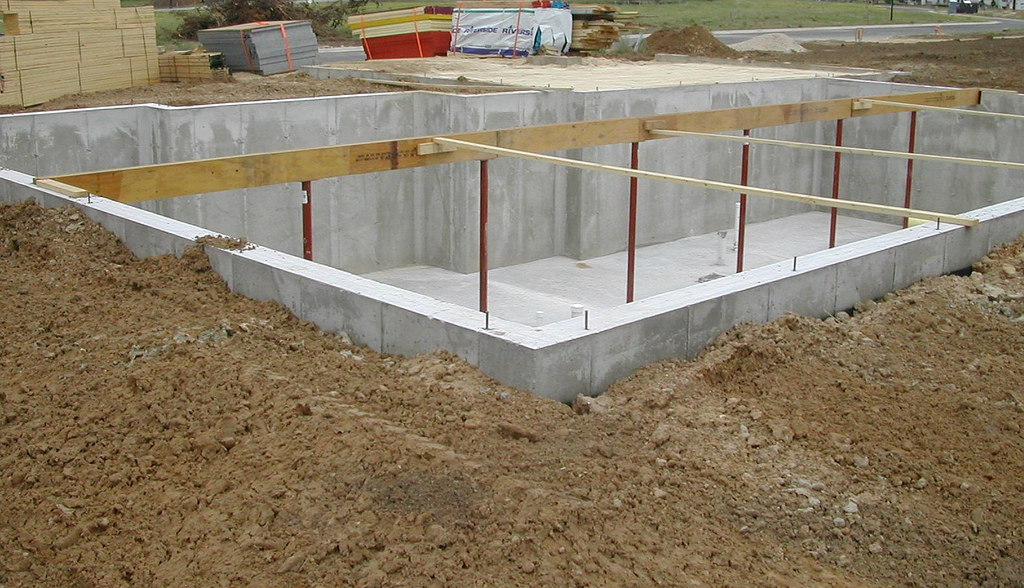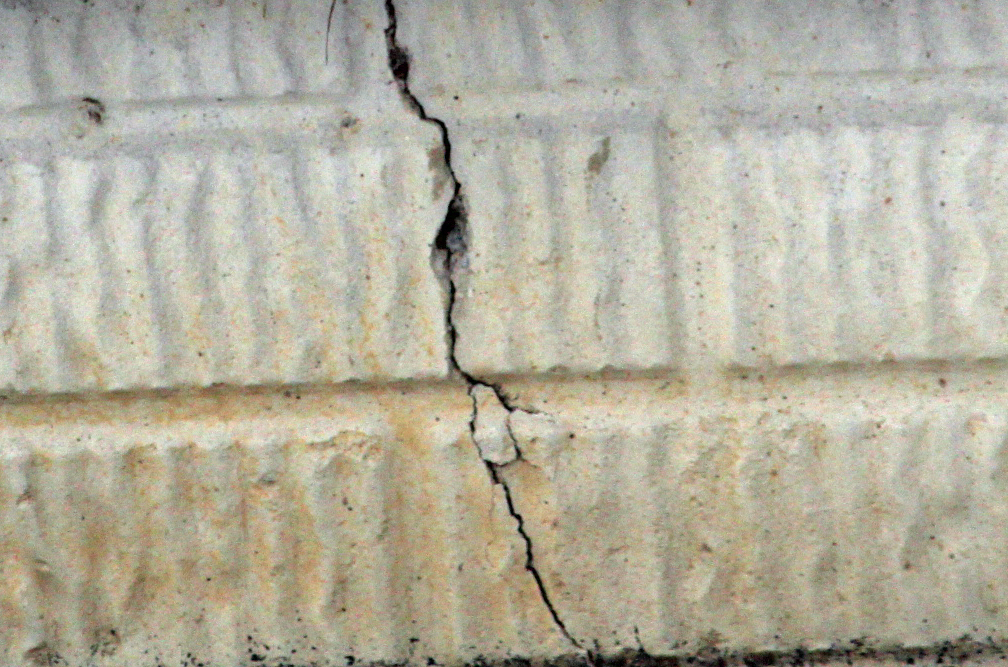Prevent Basement Leaks: Tips from a Builder
0 Comments | Posted by armchairbuilder in Basement Finish, Build Your Own Home, Quality Check
As a builder I’m frequently asked, What is the best way to prevent basement leaks? It’s a great question when you consider the damage, cost, and hassles lower level water intrusion can create. If you’re going to put time, effort and money into finishing our basement, shouldn’t you take all necessary steps to keep the water out? Even if your plan is to only use your basement space for storage, keeping water out is a must. Here are a couple different checklists I use to prevent basement leaks.
I have provided two different checklists, one for incorporating best practices into a newly built home from the ground up and then one that can be used with an existing home.
Prevent Basement Leaks in New Construction
- Include plastic/visqueen directly under the basement concrete slab floor to help keep moisture out. The sheets of plastic should be taped together with no gaps or holes. This will also be a part of your radon mitigation system.
- Install interior and exterior drain tile connected with bleeders through the footer every 8′. A bleeder is a pipe run through the footing to connect the inside and outside footing drains. If there is an obstruction in one of the pipes, either inside or outside the wall, the bleeder allows the water to bypass the problem area. This adds redundancy to the foundation drainage system. Check out this article for more details on proper drain tile installation.
- For a large basement, run a diagonal corrugated pipe (with slits in it) under the floor connected to the sump crock. This helps when the water table rises by collecting the water under the floor and providing a way for it to get to the sump crock.
- Apply waterproofing to the exterior foundation wall. This should be a pliable material that will span any cracks that occur in the foundation wall. Don’t go cheap here. A quality foundation waterproofing material with a warranty is one place to splurge on your new home.
- Install an insulation/drain board on the exterior foundation wall. This material actually serves two functions; 1) It prevents groundwater from being trapped up against the wall, which will eventually make it’s way through; 2) It provides an R-Value to a concrete or block wall that alone, has almost no insulation value.
- Properly slope the grade around the basement. The grade should drop 6″ for the first 10′ around the home. If you have trees up close to the house that prevent this grade from being established, cut them down. Not only will removal allow you to set the proper grade away from the house, but it will also prevent foundation problems caused by tree roots.
- Install a high quality sump pump along with a battery backup system and/or alarm.
- Silicone the joints in the concrete floor including the perimeter at the wall and control joints throughout. This is also an integral part of your radon mitigation system that keeps gas from coming up from under the slab. For more details on the extremely important components in keeping your new basement dry, check out are detailed article, Foundation Drainage, The Major Quality Components.
Prevent Basement Leaks in an Existing Home
- Silicone all joints, gaps and cracks in the surface of the concrete floor including the perimeter.
- Check the finished grade around the basement. There should be a minimum 6″ of fall for the first 10′ around the home.
- Make sure all downspouts are connected and discharge rainwater away from the home.
- Check the operation of the sump pump and check valve regularly. The check valve is installed in the pipe that goes up from the sump crock to the outside and prevents backflow of the water once the pump shuts off. If you hear water running for a couple seconds after the pump shuts off, you may have a faulty check valve. As for the pump, if it is older than four years, replace it. If you don’t have a sump pump, be sure to locate the termination point of the foundation drainage system outside to make sure it is clear. This termination point should be checked regularly for obstructions by animals, leaves, twigs…etc.
- Add a battery backup sump pump and/or water alarm. Your foundation drainage system is completely worthless in preventing basement leaks if the sump pump fails. And remember, the power has a tendency to go out during storms…which also brings rain.
- Be sure to fill all cracks in your poured foundation wall with a high quality epoxy injection to prevent basement leaks. DIY installation kits can be found for under a hundred bucks per crack. The repair will take you several hours, so you may want to price out a professional repair company to save you the time and hassle. If you decide to have the work done by a professional, be sure to get a minimum of a one year warranty.
It’s also a good idea to run a dehumidifier in your basement during the summer months to remove the moisture from the air. This will help keep your new space cozy and dry. Be sure to checkout our video…Keeping Your Basement Dry, for more tips to prevent basement leaks.




